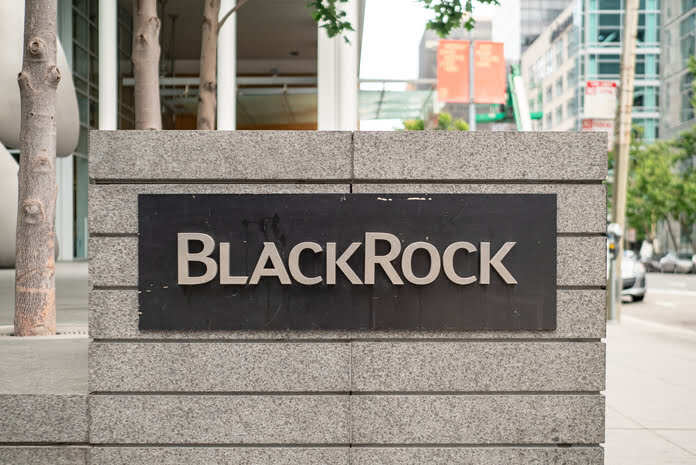Bitcoin Price Declines Following Coinbase Staking Lawsuit Decision, Analysts Warn of Potential Short Squeeze
This post was originally published on this site

Bitcoin (BTC) and the wider cryptocurrency market are witnessing a downturn in early trading on Wednesday following a legal victory for the Securities and Exchange Commission (SEC) over Coinbase and its staking program.
Coinbase attempted to have charges regarding its staking service dismissed, yet the presiding Judge declined their motion. The Judge asserted that the SEC adequately argued that Coinbase functions as an exchange, a broker, and a clearing agency under federal securities laws. Additionally, the Judge noted that through its Staking Program, Coinbase is involved in the unregistered offer and sale of securities.
As a result of this decision, the case will progress to discovery. This marks the second consecutive day that significant developments related to cryptocurrency exchanges have influenced market sentiment, following yesterday’s unsealed indictments against KuCoin and two of its executives.
These developments have led to increased volatility for Bitcoin. On Wednesday, BTC price initially spiked to a high near $71,800 before dropping to $68,385 after the ruling was announced.
Despite the decline, Bitcoin has rebounded above $69,260, registering a 1.5% loss on the 24-hour chart. This rapid recovery underscores a recurring trend in Bitcoin’s price action: shorter downward movements accompanied by more prolonged and faster uptrends.
Analysts from The Kobeissi Letter highlighted this trend as a potential indication of shorts being squeezed, suggesting that Bitcoin may be gearing up for a short squeeze.
They observed that the disparity between institutional long positions and hedge fund short positions is currently at an all-time high. Additionally, they remarked that long positions are persisting, with each new record high in Bitcoin being driven by widespread short covering.
Analysis from CryptoQuant supports this view, indicating that Bitcoin demand has surged while sell-side liquidity continues to decline. The total ‘visible’ amount of Bitcoin at key entities stands at 2.7 million Bitcoin, down from an all-time high of 3.5 million Bitcoin in March 2020.
This dwindling sell-side liquidity, coupled with record Bitcoin demand, suggests that Bitcoin may be approaching a liquidity crisis, potentially supporting higher prices.
Excluding exchanges outside the U.S. from the calculation further reduces liquidity, with the Bitcoin liquid inventory dropping to six months of demand.
According to CryptoQuant founder and CEO Ki Young Ju, sell-side liquidity is now “much lower” relative to demand compared to historical levels.
Featured Image: Freepik








